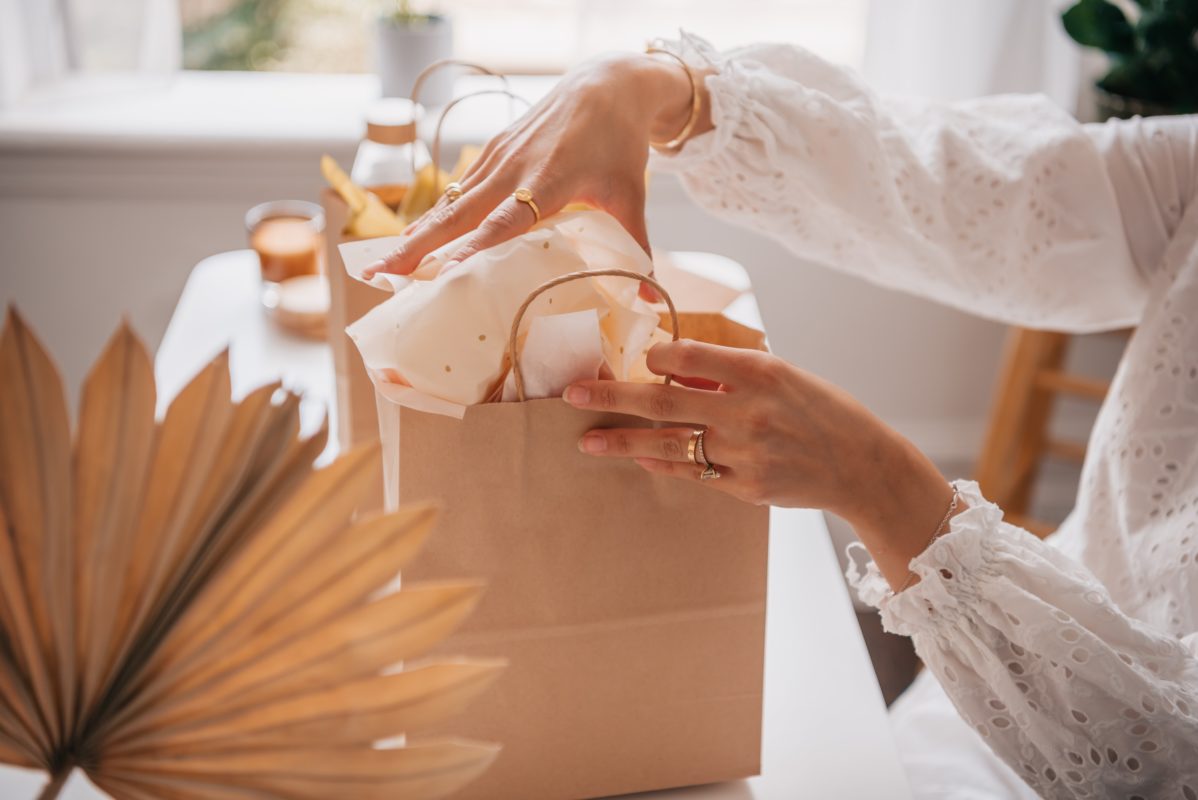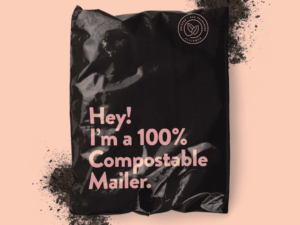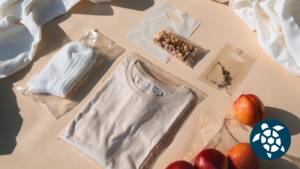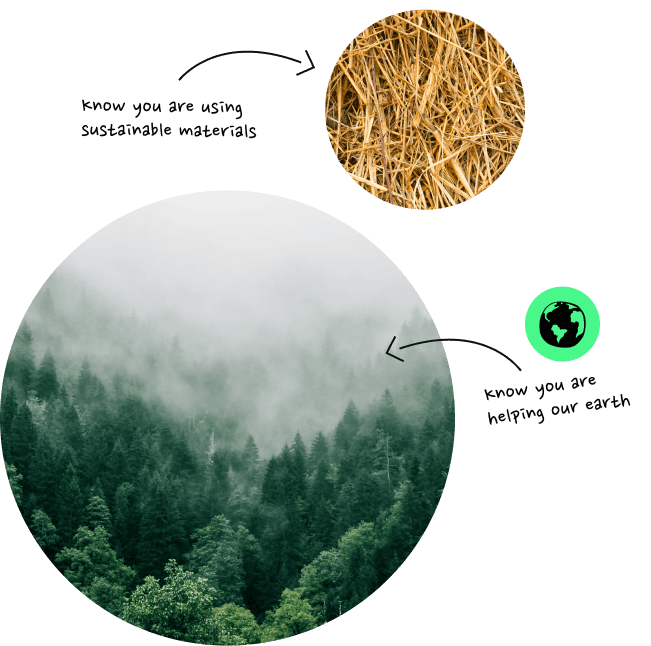The Surprising Facts About The Commonly Used Gift Packaging
A cost-effective, attractive and consumer-pleasing packaging addition, tissue paper (not to be confused with tissues, say, for blowing your nose), has many environmental benefits to recommend it. It’s paper, at the end of the day, so naturally plastic-free, and being a bio-based product, it’s easy to recycle as well, right? The ugly truth is that tissue paper is not easy to recycle and moreover, many recycling centres will actively refuse to take it, meaning that it will end up in landfill.
In the below post, we explore how tissue paper may not be the environmental packaging addition we all assume it to be. We cover how to sustainably dispose of tissue paper, whether there are recyclable tissue paper and how to source alternatives during the holiday gifting season.
What exactly is tissue paper?
Tissue paper is a wafer-thin biodegradable paper made from wood pulp. It is often crafted from recycled wood pulp, meaning that it contains newspapers and other recognisable paper matter. Tissue paper is processed to become extremely thin before being dried, cut to size and supplied as a packaging addition.
Tissue paper is a popular product because it comes in a huge variety of colours and prints, meaning that it makes for an attractive product presentation. Consumers also enjoy the salubrious visual that accompanies buying something wrapped in tissue paper.
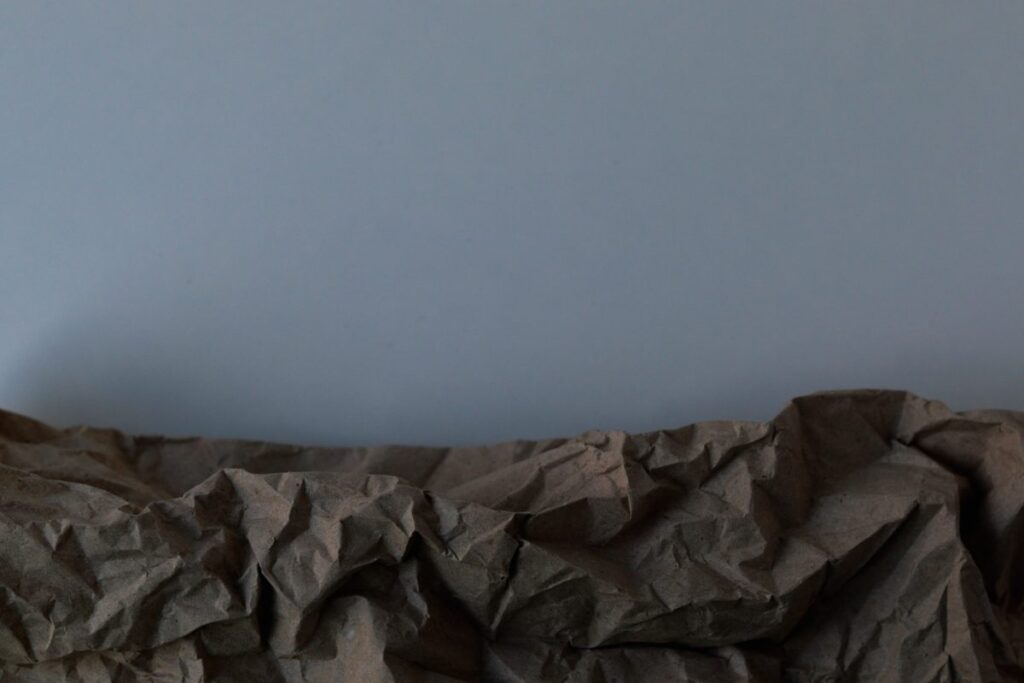
Recycling tissue paper
It’s made from wood pulp, so it can be recycled, right? Not necessarily. And in this case, not often at all. In fact, even tissue paper that is labelled as recyclable is often not because the process of breaking it down is specialist and cost-prohibitive.
Recycling tissue paper necessitates specific equipment that most paper recyclers don’t invest in, and even then, it’s not easy to work with which is why many professional facilities have stopped accepting it. Cheaper and easier to manage products offer better returns for recycling plants and as such, take priority. It’s also worth noting here that as it is made from recycled materials most of the time, tissue paper quickly approaches the point of not being able to be recycled any further. Short fibres make the process tricky and therefore not appealing for most facilities.
There’s another layer to the recycling issue as well, in the form of saleability. Recycled materials need buyers in place. Being a low grade product, tissue paper is difficult to move on and turn a profit from.
Is there anywhere that does recycle it?
Tissue paper is officially a recyclable material, it’s just that very few facilities choose to work with it. It is unlikely that regular household recycling centres will accept it and commercial plants are few and far between as well. This means that consumers will struggle to properly dispose of it and often cause unwitting contamination of recyclable waste.
If tissue paper is entirely unavoidable as a packaging solution, it is important to clearly educate end users as to the non-recyclable nature of the material, whilst offering alternative ways to dispose of it.
How to deal with tissue paper
It might not be easy to recycle but end users can compost tissue paper at home. This makes for a key selling point when highlighted on packaging and offers a zero impact waste strategy as well. Added to a compost system as brown goods, tissue paper will break down quickly and safely, while avoiding landfill. However, if the tissue paper is coloured with toxic dyes/inks, you most likely don’t want it in your backyard pile, so this is an important consideration and one most tissue paper manufacturers don’t mention on the product packaging, leaving consumers clueless.
Repurposing is a viable option for tissue paper if home or municipal composting isn’t. A snappy ‘please reuse me’ on packaging will highlight this as a possibility and encourage people to save it for later.
A great deal of tissue paper finds itself in landfill simply because consumers don’t know how else to dispose of it. Thankfully it is biodegradable and will break down and disappear quicker than the mountains of plastic waste that continues to accumulate, but not adding to landfill at all should be top of mind for the packaging industry (end of life! end of life! end of life!). The paper vs plastic debate rages on, but it’s important to remember that they are inextricably linked, as if tissue paper becomes trapped in non-biodegradable waste it will break down anaerobically, which means it will release more harmful methane. Here, paper vs plastic isn’t the problem, it’s paper and plastic working together to create greenhouse gases.
Despite the name leading many to assume that it can be, tissue paper cannot be simply flushed away. It does not dissolve in water and will clog pipes when flushed regularly. Many consumers do not realise this and educating about this issue is essential.
The best ways for consumers to dispose of tissue paper, in order, are:
- Composting either at home or at a local facility
- Repurposing
- Thrown away with regular waste (as a last resort)
Greener alternatives to tissue paper
As always, it is on us to offer viable alternatives to packaging solutions that cannot be easily recycled. Consumers will only shift gears if it is easy for them to do so and doesn’t cost extra, which presents a problem here.
Tissue paper is cost-effective to produce and if it can simply be thrown in the general waste and forgotten about or mistakenly added to recycling, consumers will continue to buy products that contain it. Regardless, it is vital that we start researching and investing in simultaneously biodegradable, recyclable and compostable products, so as to maximise the chances of ethical EOL processing, via consumers.
Potential alternatives include:
- Shredded kraft paper
- Paper bubble wrap
- Biodegradable loose full products in place of polystyrene packing peanuts
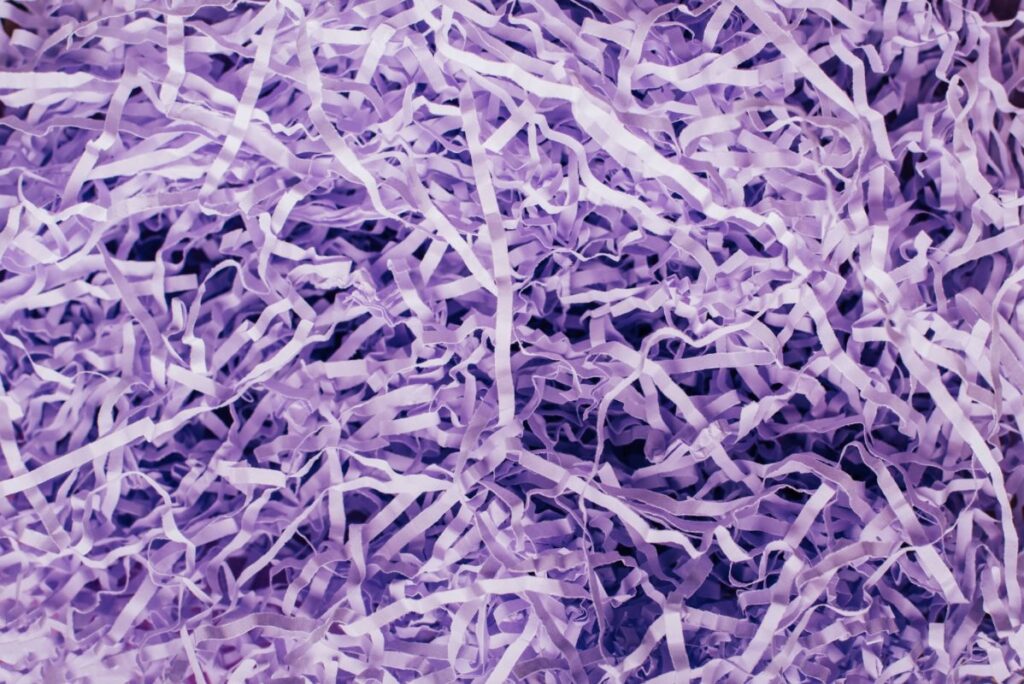
Phasing out tissue paper altogether looks to be the only ethical way forward and as consumers become more savvy as to what their favourite brands are packaged in there is scope for us all to make the change a not-too-distant reality.
Lead image by PNW Production from Pexels.
